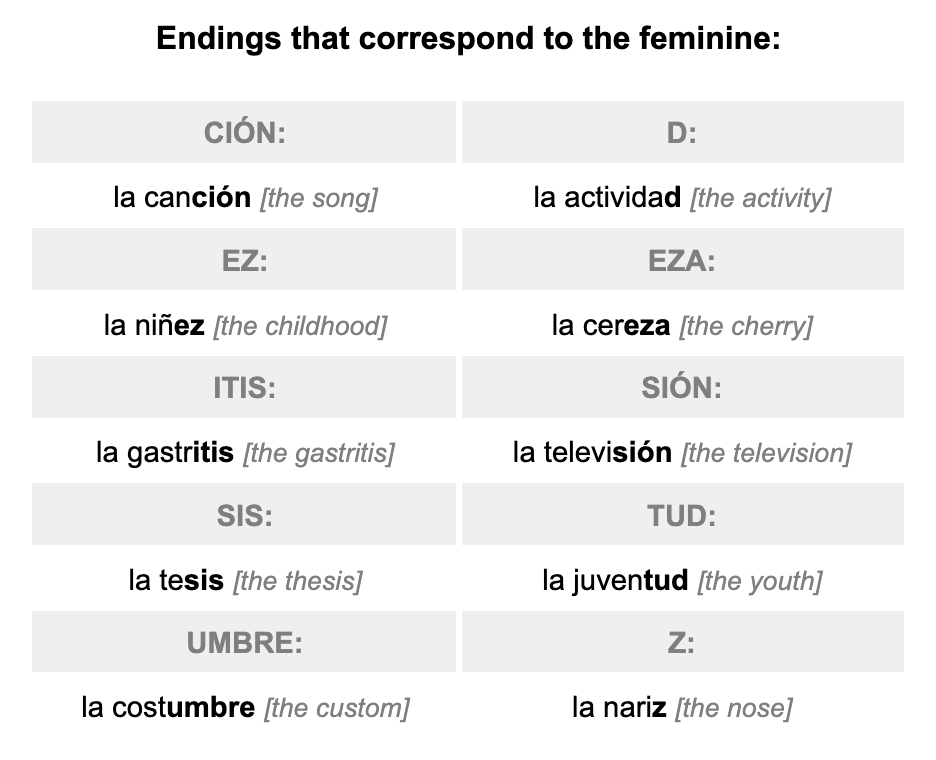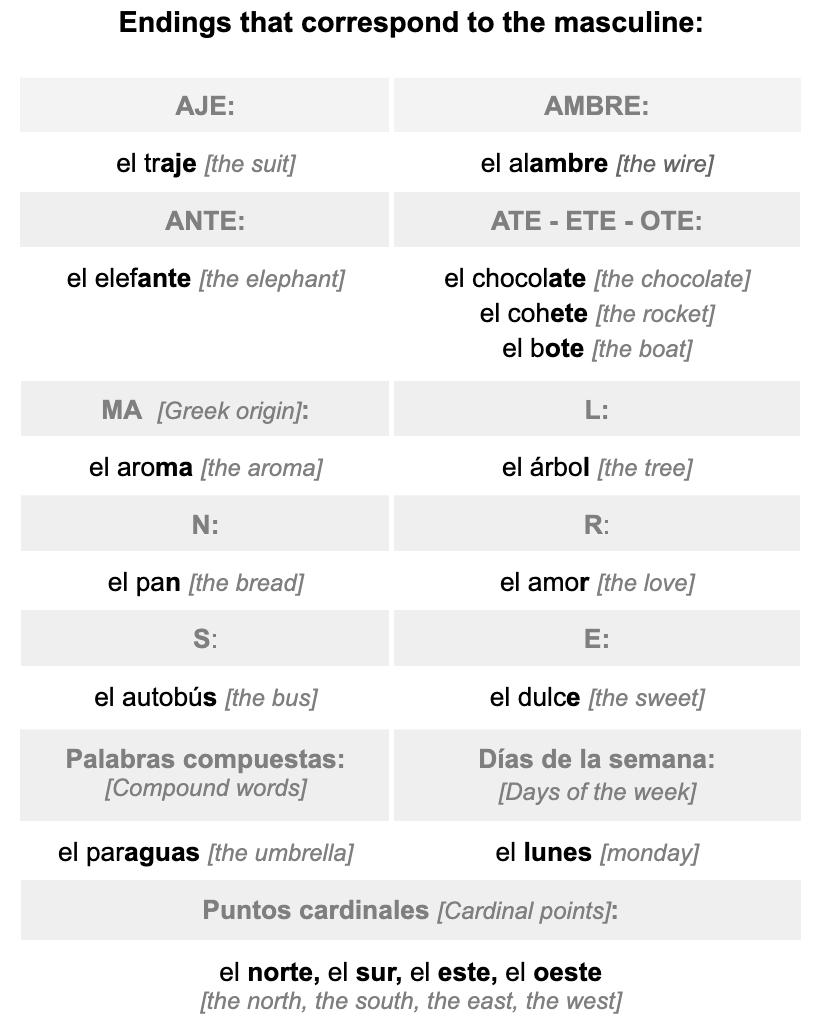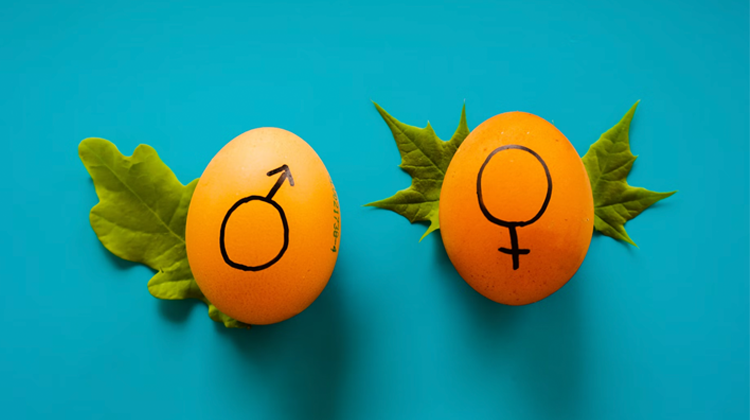There is a general rule that words ending in A are feminine and words ending in O are masculine, but what about those words that do not follow the rule? Why is “el día” (the day) masculine and “la mano” (the hand) feminine?
The fixed gender assigned by origin and history can make grammatical gender in Spanish a controversial issue. As the learning process progresses, several exceptions will be found to the rules regarding gender. Fixed, variable, and even ambiguous genders can be assigned to nouns. Ambiguity will vary depending on the word's history, the region in which it is used, and social or meaning factors.
El libro (the book): has a fixed gender - masculine.
La frente (the forehead) / El frente (the front): will vary according to its meaning.
El joven (the young man) / La joven (the young woman): the article will determine the gender in this case.
El mar/La mar (the sea): can be used in masculine or feminine without changing its meaning. However, the ambiguity in the plural is not accepted. The correct is “Los mares” not “Las mares”.
In this article, I would like to highlight some of the most common mistakes students make in the classroom so that they can be noticed from the beginning and ensure a solid foundation for language learning. For example, some students use the following words in the feminine mode because they end in A. But, they are not right.

It is essential to know that a group of words ending in MA are of Greek origin and are used in a masculine mode in Spanish, it is not necessary to learn all of them, but here I list ten frequently used nouns of Greek origin:

Sometimes, gender confusion is also generated by words ending in E. With this vowel, the gender is variable. However, words ending in AJE, ATE, ETE, OTE, ANTE, É, and other endings are masculine. Below are ten commonly used nouns:
Nouns ending in E are considered statistically masculine. In contrast, it is possible to find a significant number of feminine nouns. Here are ten common nouns.

As students learn the vocabulary, the article corresponding to each noun should be included to avoid doubts or confusion about gender. The genders of nouns play an important role in the fluency of Spanish conversations. In this way, we will avoid another recurring error in the use of adjectives. Adjectives have no gender. They adopt the gender and number of the nouns they accompany.
La casa pequeña (The little house) / Las casas pequeñas (The little houses).
El perro pequeño (The little dog) / Los perros pequeños (The little dogs).
Also, there are invariable adjectives, which usually end in E and consonants. A variation only exists in the number.
El niño inteligente (The intelligent boy) / La niña inteligente (The intelligent girl).
Los niños inteligentes (The intelligent boys) / Las niñas inteligentes (The intelligent girls).
El gato gris (The gray cat) / La gata gris (The gray cat).
Los gatos grises (The gray cats) / Las gatas grises (The gray cats).
To conclude, two informative tables with feminine and masculine endings are presented. Please note that there may be exceptions to these endings:

*Some exceptions: el análisis (the analysis), el ajedrez (the chess), el lápiz (the pencil), el arroz (the rice)…

*Some exceptions: la imagen (the image), la vacante (the vacancy), la señal (the sign)… Please, consider the exceptions with E previously mentioned.







